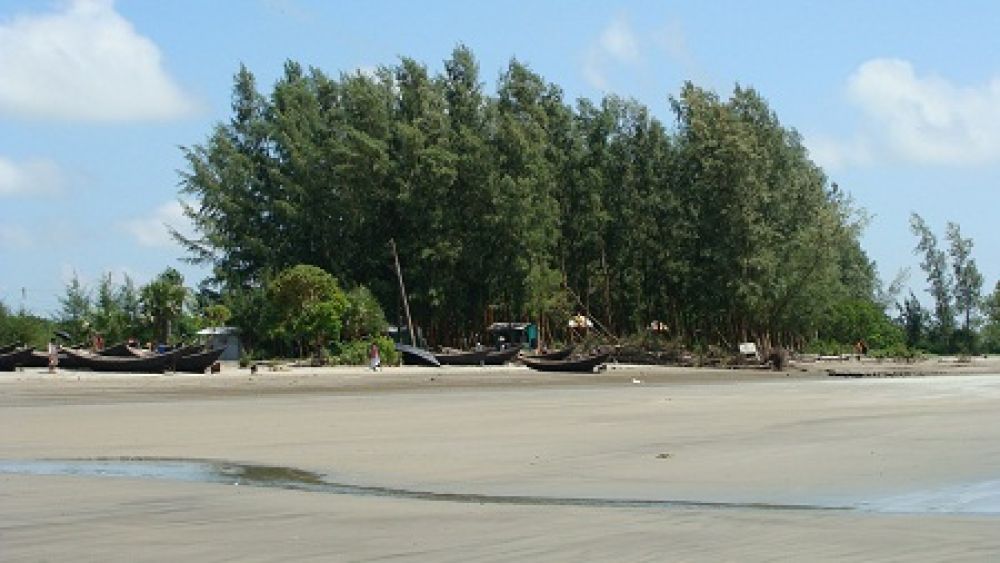

The tantalizing charm of Kuakata in Bangladesh is incomplete without mentioning the picturesque Jhau Forest. A tranquil retreat by the sea, this coastal forest has been a cornerstone of attraction for decades.
The history of tourism in Jhau Forest is intertwined with the rise in popularity of Kuakata as a beach destination. Known for its panoramic sea beach and the rare privilege of observing both sunrise and sunset from the same place, Kuakata gradually drew attention from across the country and beyond.
As travelers flocked to witness the pristine beauty of Kuakata, the adjacent Jhau Forest started to gain recognition. The forest is named after the Jhau trees – an indigenous species of screw pine that are prevalent in this area. It wasn't until the late 20th century that Jhau Forest began to carve its niche in the hearts of travelers seeking serenity and a connection with nature.
The journey of Jhau Forest in the tourism landscape took a more definitive shape with the government and local authorities investing in infrastructure and conservation efforts. Wooden bridges, walkways, and eco-friendly facilities emerged, all designed to enhance the travel experience while preserving the local ecosystem.
Throughout the years, these improvements have made Jhau Forest not only a serene place to visit but also a hub for eco-tourism enthusiasts. The local community benefits from the development as well, with many finding employment in guiding, hospitality, and conservation work.
With the advent of the digital age, Jhau Forest has become a hotspot for social media-savvy tourists looking to capture its untouched beauty. Instagram and travel blogs are teeming with mesmerizing photos of its golden beaches flanked by the towering Jhau trees.
Sustainable travel is the latest trend taking root in this region. More visitors are seeking experiences that are environmentally friendly and culturally respectful. Consequently, the local tourism industry is adapting, providing opportunities like guided nature walks, bird watching, and immersive cultural interactions with the indigenous Rakhine and Hindu communities.
Another emerging trend is the increasing popularity of off-season travel. Visitors are beginning to appreciate the unique appeal of experiencing Jhau Forest beyond the traditional peak season, often seeking the tranquility that comes with fewer crowds.
Looking forward, the importance of sustainable tourism continues to be a driving force in shaping the future of Jhau Forest as a destination. The focus is to balance visitor numbers with conservation efforts, ensuring the natural beauty and local culture thrive for generations to come.
Moreover, the potential for community-based tourism is significant, with possibilities of homestays and local craft souvenir shops expanding the economic benefits to the inhabitants of the region.
In summary, Jhau Forest in Kuakata stands as a magnificent testament to Bangladesh’s commitment to showcasing its natural splendor while nurturing a responsible tourism industry. It remains one of the jewels in the crown of the nation’s abundant attractions.